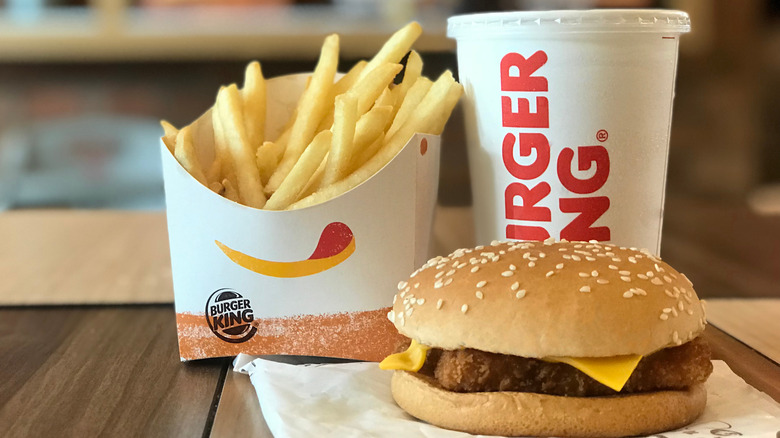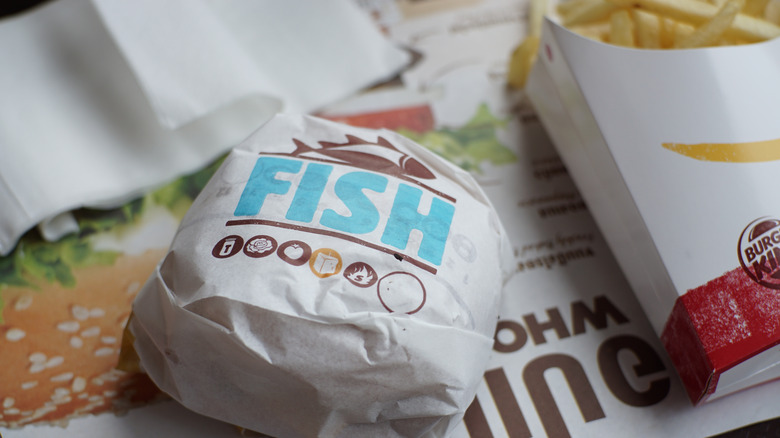The Former McDonald's Exec Who Helped Make Burger King A Success
McDonald's and Burger King are fierce competitors, ranking as the largest and second-largest hamburger chains in the United States respectively, per Britannica. However, their ties go far beyond that, and a dive into history reveals that McDonald's sowed the seeds of its own competition. According to Marketing Dive, entrepreneurs Keith J. Kramer and Matthew Burns were inspired to start their own fast-food restaurant after visiting the original McDonald's in San Bernardino, California. In 1953, Kramer and Burns opened Insta-Burger King in Jacksonville, Florida. The business originally revolved around a cooking device called the Insta-Broiler that proved to be an abject failure, leading them to adopt the flame broilers that powered the chain's expansion.
In many ways, Burger King has defined itself by its contrast with McDonald's. When Mickey D's came out with their famous jingle listing the elements of a Big Mac ("two all-beef patties, special sauce, lettuce, cheese, pickles, onions on a sesame-seed bun"), Burger King countered with their "Have it your way" slogan, telling customers they could choose what goes on that sesame bun, unbound by sung ingredients (via Marketing Dive). In 1982, Burger King got four-year-old Sarah Michelle Geller to appear in an ad claiming their burgers were 20% larger than McDonald's, which led to a lawsuit. But the biggest milestone in the McDonald's-Burger King battle happened behind the scenes, forever changing the fast food landscape.
Donald N. Smith: fast food double agent
In 1967, Burger King was sold to the Pillsbury Company (via Britannica) While we're sure Poppin' Fresh would have made a great corporate executive, the brand decided to go in a different direction by poaching its competitor's talent. In 1977, The New York Times reported that Pillsbury had hired Donald N. Smith as their new president and CEO. This was huge news, as Smith had been named McDonald's senior vice president just three days before accepting the Burger King position. Per Marketing Dive, Smith launched a complete restructuring of the company, a plan dramatically named "Operation Phoenix."
Encyclopedia notes that, before Smith's arrival, Burger King had expanded by selling the rights to run franchises. This meant the company didn't even own most of its locations, so Smith swiftly switched to the McDonald's model, wherein the corporation leased stores instead of selling them, exercising more control over each outpost. He also established regional offices, which oversaw all the Burger King franchises in a specific territory. This brought more uniformity to the franchise. Smith also altered the menu, adding staples like chicken and fish sandwiches, as well as breakfast options. Per Encyclopedia.com, Smith's time at the company was short-lived. In 1980, he took a new job at Pizza Hut, but his imprint on Burger King can still be felt from the management level all the way to your mouth.

